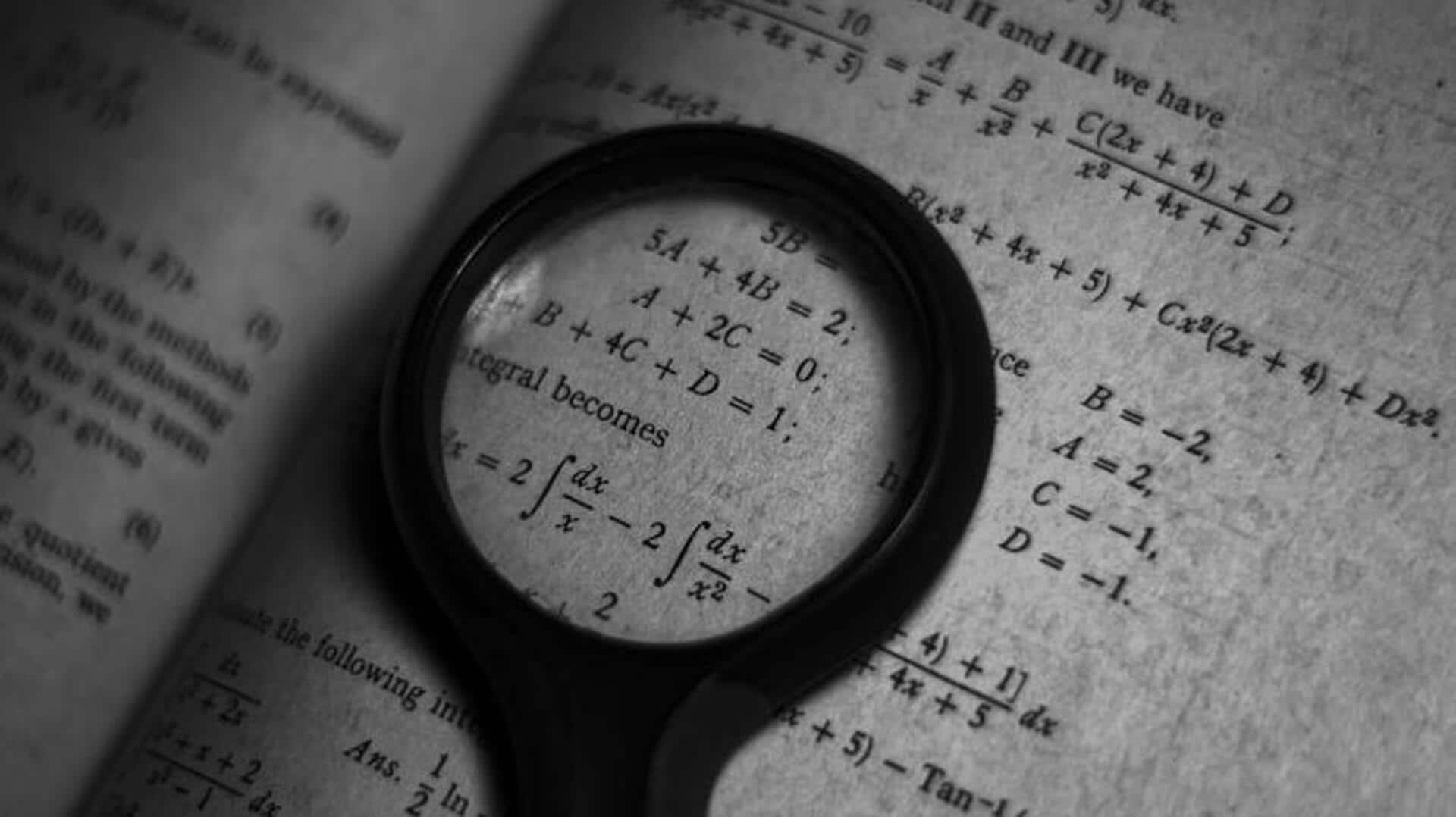
Here's how ancient India and Japan shaped modern math
What's the story
Studying the mathematical accomplishments of ancient India and Japan uncovers a fascinating history of innovation and intellectual curiosity. Both cultures pioneered advanced mathematical systems, shaping numerous disciplines and paving the way for many modern mathematical concepts. This article explores some of the most significant contributions from these ancient civilizations, shedding light on their profound and lasting impact on the world of mathematics.
Zero
The concept of zero in India
Ancient Indian mathematicians pioneered the use of zero as a separate number as early as the fifth century. This groundbreaking concept went beyond a mere placeholder to signify absence; it established the cornerstone of place-value notation, streamlining calculations. The symbol for zero, a dot under digits, held profound philosophical connotations. Termed shunya in Sanskrit, it signified void or empty space.
Decimal
Decimal system origins
The decimal system, a second major mathematical innovation from ancient India, employed base ten for counting and calculations. By the ninth century, Indian mathematicians had perfected this system, incorporating the use of zero in decimal place-value notation. This revolutionary concept greatly facilitated arithmetic computations, and was subsequently adopted by Arab mathematicians and eventually disseminated to Europe.
Pythagoras
Pythagorean triples in Vedic texts
Centuries before Pythagoras was even born, the ancient Indian text called Sulba Sutras (dated between 800 BCE and 500 BCE) had already described what are now known as Pythagorean triples - sets of three integers that satisfy the condition \(a^2 + b^2 = c^2\). These scriptures provided detailed instructions for constructing fire altars using geometric principles that inherently utilized these triples, indicating a deep understanding of geometry even back then.
Sangaku
Japanese temple geometry - Sangaku
In Japan, during the Edo period (1603-1868), a unique tradition known as Sangaku flourished. People would hang wooden tablets (like the one pictured) at Shinto shrines or Buddhist temples. These tablets featured beautifully inscribed geometric problems. They were often created by amateur mathematicians as challenges for visitors, demonstrating advanced understanding of Euclidean geometry. These Sangaku tablets are a fascinating part of Japan's mathematical history!
Wasan
The Wasan tradition
Wasan, or traditional Japanese mathematics of the Edo period, addressed practical challenges, including land surveying and tax calculations. It also delved into the world of recreational math, with magic squares and circles offering intriguing puzzles. Despite their isolation from Western developments, Wasan mathematicians made significant independent contributions to mathematical thought, exhibiting a fascinating phenomenon of parallel development.